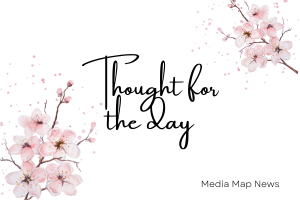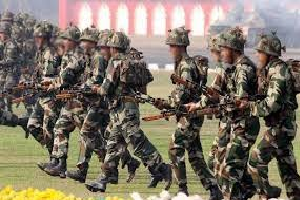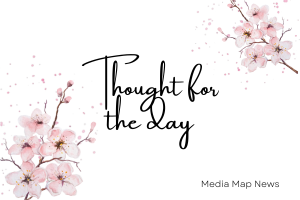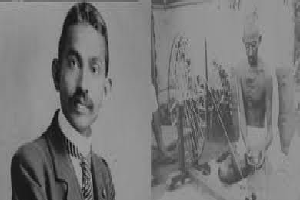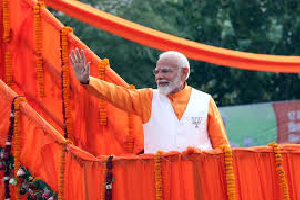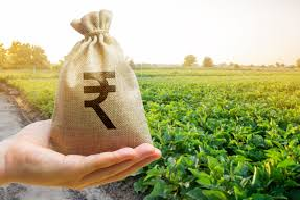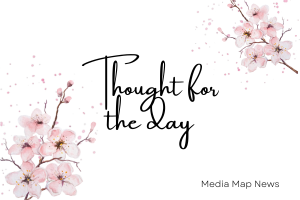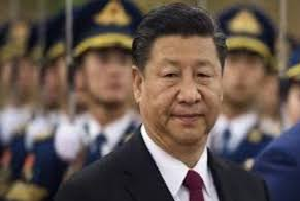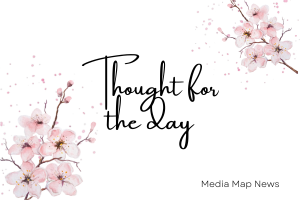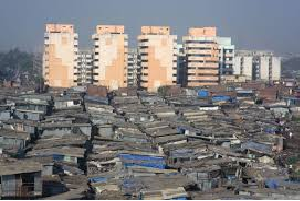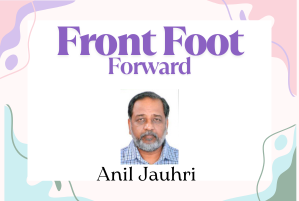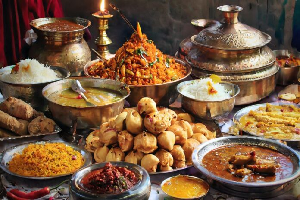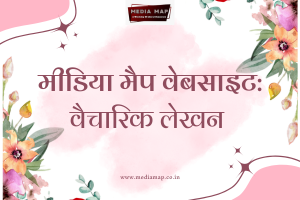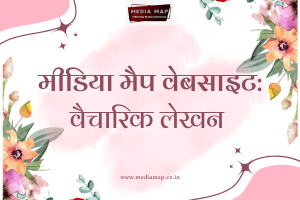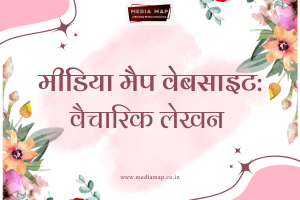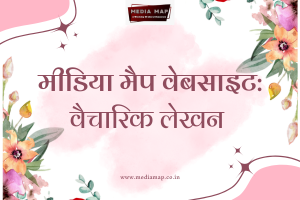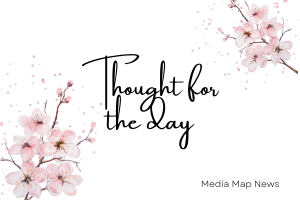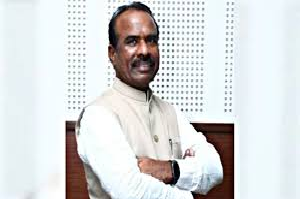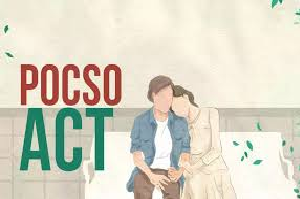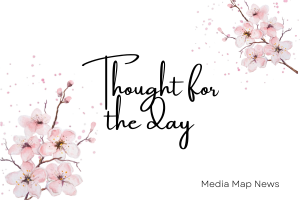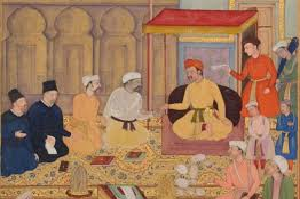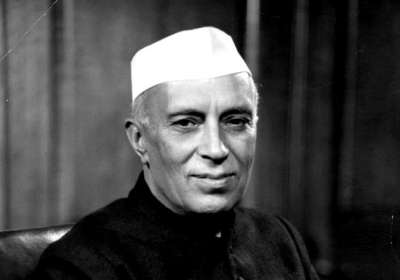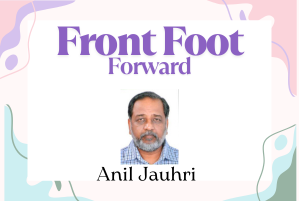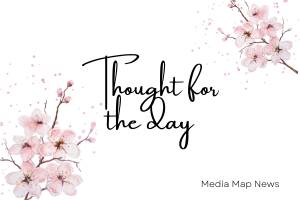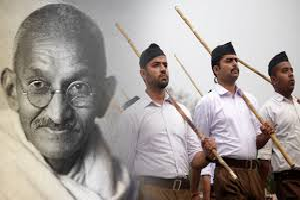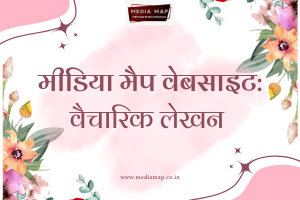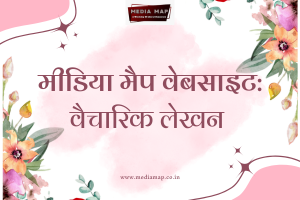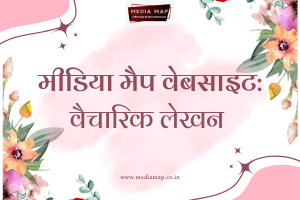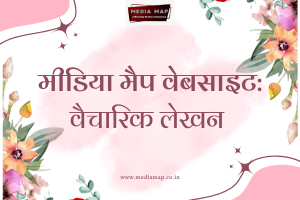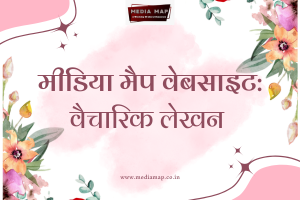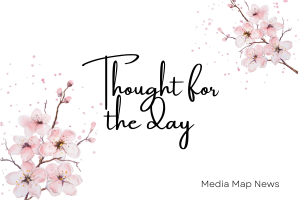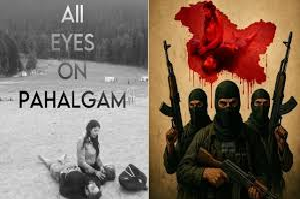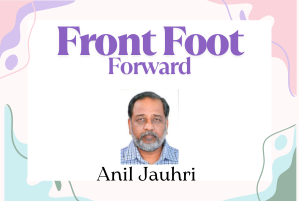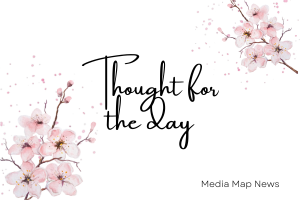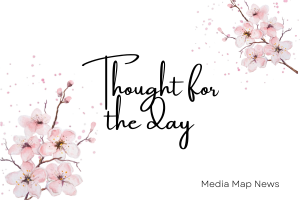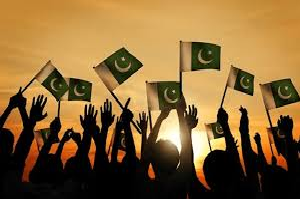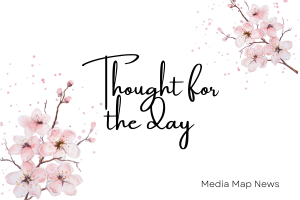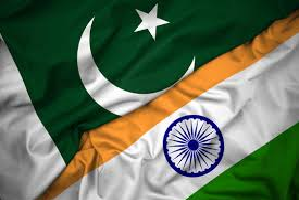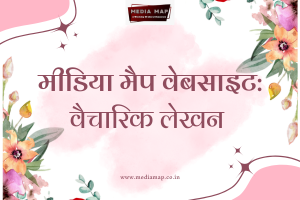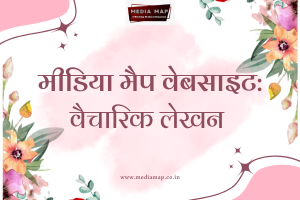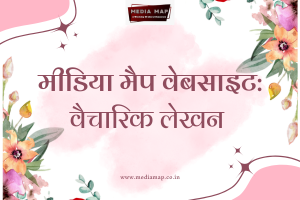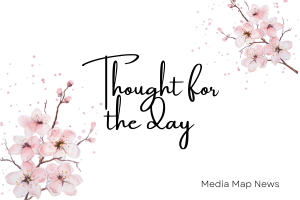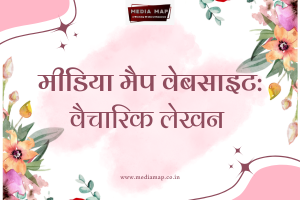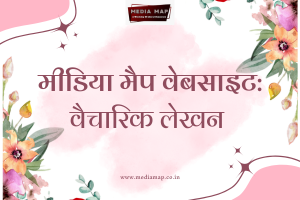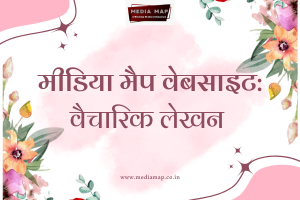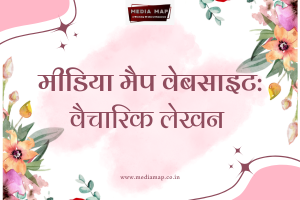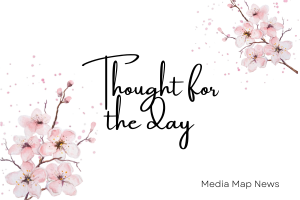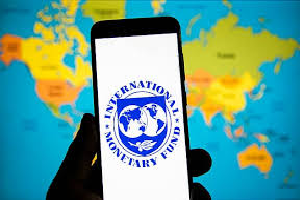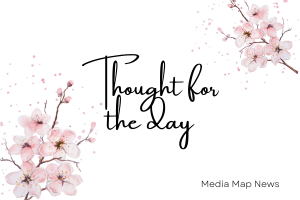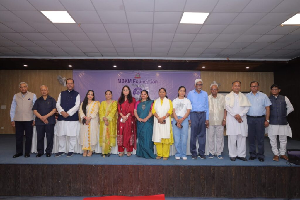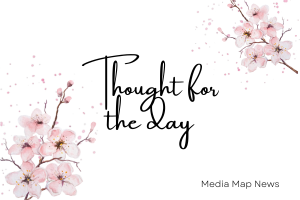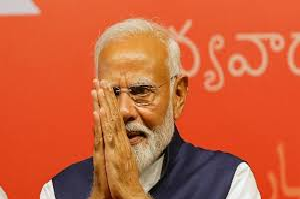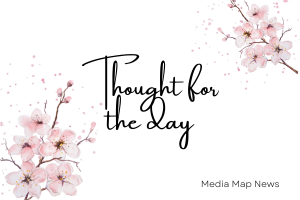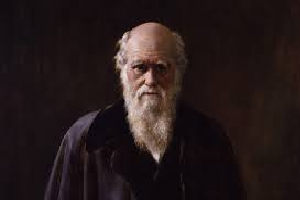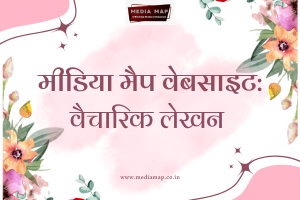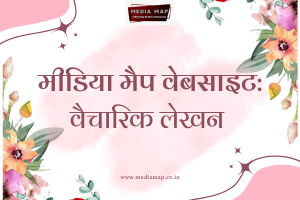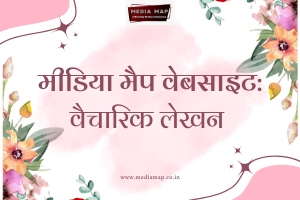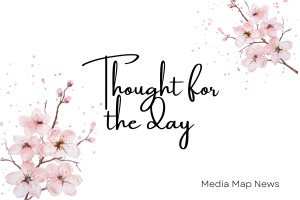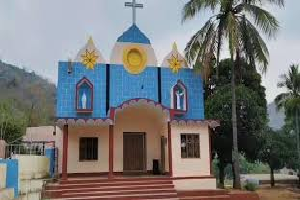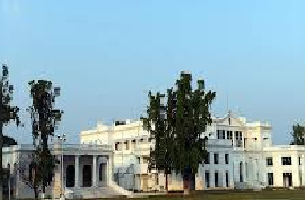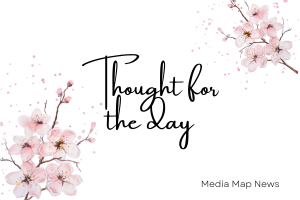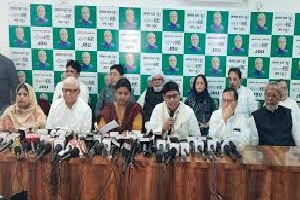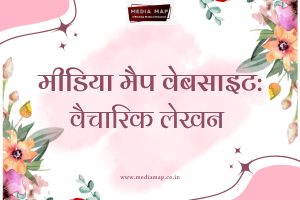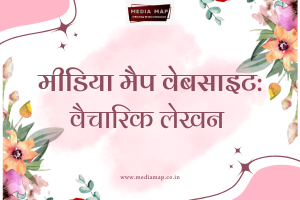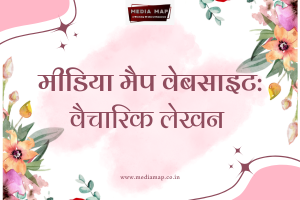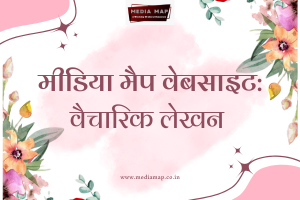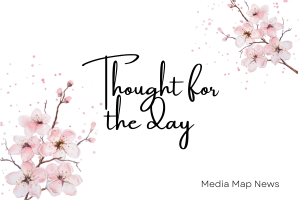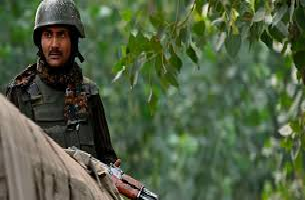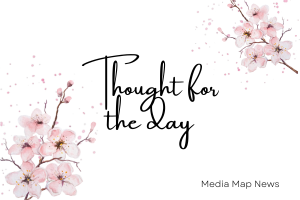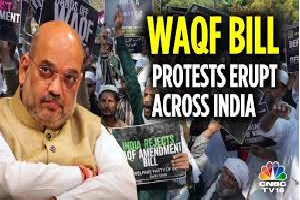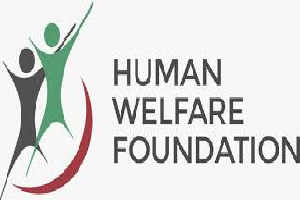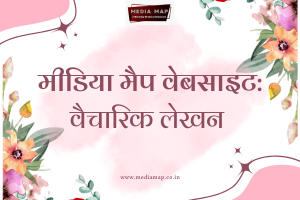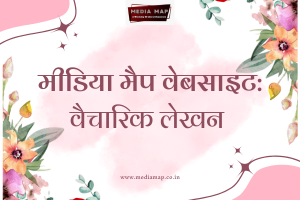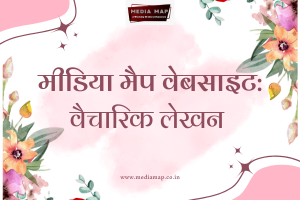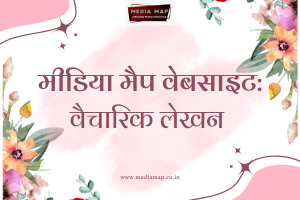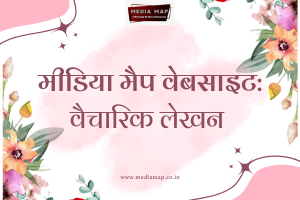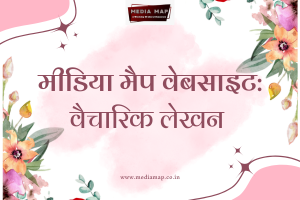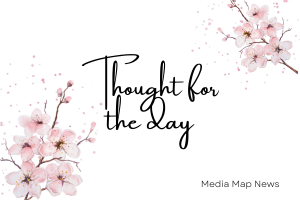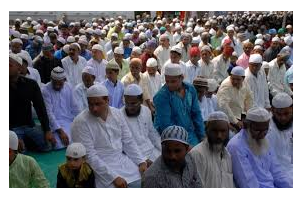10

Dr Satish Misra
New Delhi | Tuesday | 10 September 2024
On Monday, July 29, 2024, the Indian Parliament witnessed an unprecedented event when media personnel covering parliamentary proceedings were restricted to a glass enclosure under new rules introduced by Lok Sabha Speaker Om Birla. Security guards barred journalists from approaching Parliament’s main entrance, known as the ‘Makar Dwar,’ marking a controversial moment in the relationship between the media and the government. In response to this restriction, journalists decided not to engage with any Member of Parliament (MP) as a form of protest.
The Leader of the Opposition, Rahul Gandhi, alongside other opposition members, strongly criticized the new regulations, describing them as an attempt by the government to “cage” the media. He accused the Modi administration of curbing press freedom, a fundamental pillar of democracy. During his address to the Lok Sabha, Gandhi urged Speaker Birla to reconsider and lift the restrictions. In a significant turn of events, the curbs were lifted later that day, signaling a rare retreat by the Modi 3.0 government, largely credited to the unified strength of the opposition in Parliament. This episode is seen as the first sign of a government that, in previous terms, had tightened its grip on media freedom.
The restrictions were later lifted, but this incident highlights the broader media policies of the BJP-led government since 2014. The government has taken measures to regulate and control the press, despite the Constitutional guarantee of freedom of speech and expression.
India's ranking in the World Press Freedom Index has declined, and journalists face harassment and restrictions on access to information. The government's control over media access has increased, and the battle for a free and independent press continues.
The incident, however, is just a glimpse of the broader media policies implemented by the Bharatiya Janata Party (BJP)-led government since 2014. Over the years, numerous measures have been taken to regulate and control the press, despite the Constitutional guarantee of freedom of speech and expression under Article 19(1)(a), albeit with “reasonable” restrictions. Since the BJP came to power, India’s ranking in the World Press Freedom Index has steadily declined. The 2024 report by Reporters Without Borders (RSF) placed India at 159, two places higher than in 2023, but this slight improvement was deemed misleading by RSF. The rise in ranking was attributed to a steeper decline in other countries rather than any real progress in India’s press freedom situation.
RSF’s report painted a bleak picture, highlighting the violence faced by journalists, the concentration of media ownership, and the growing alignment between the media and political interests. The report particularly emphasized the dominance of billionaire Mukesh Ambani, a close ally of Prime Minister Modi, who controls over 70 media outlets with a reach of nearly 800 million Indians. Additionally, the 2022 acquisition of NDTV by industrialist Gautam Adani, another close associate of Modi, marked the end of pluralism in mainstream Indian media. The rise of “Godi Media”—a term coined to describe media outlets that align with pro-BJP propaganda—has further eroded the country’s once-vibrant press landscape.
Journalists critical of the government face constant harassment, often targeted by BJP-backed social media trolls. The press, once regarded as the ‘fourth pillar of democracy,’ now struggles under pressure, with the government exerting increasing control over information flow.
One of the earliest examples of this trend occurred in 2019 when the Ministry of Finance prohibited even accredited journalists from entering the ministry premises without prior approval. This sparked concerns that India’s communication system was moving towards a regime of restricted and controlled information, raising alarm about the future of free press in the world’s largest democracy.
Despite protests from professional organizations like the Editors Guild of India, Press Association, and Press Club of India, the Modi government has largely ignored these concerns, continuing to impose restrictions that make newsgathering increasingly difficult. Accredited journalists, those with at least five years of experience recognized by the Press Information Bureau (PIB), must go through rigorous security checks conducted by the Ministry of Home Affairs. These journalists are supposed to have access to government information as part of their duty to inform the public, but such access is now severely limited.
The Modi government’s control over media access is not new. Even during his tenure as Chief Minister of Gujarat, Modi displayed a pattern of restricting journalists’ access to information. After assuming office as Prime Minister in 2014, these restrictions expanded to include central ministries and BJP-ruled states. For example, after Amit Shah became the BJP’s General Secretary in 2014, media access to senior party leaders was gradually curtailed, a stark contrast to the earlier, more open relationship between the party and the press.
In 2015, the Union Home Ministry introduced guidelines that centralized the dissemination of information to the media, making the Additional Director General (Media) the single point of contact for journalists. Similar measures were introduced in other ministries, with restrictions on journalists’ interactions with officials.
These developments have not only surprised accredited journalists in Delhi but have also reminded many of the challenges faced by the press in Gujarat during Modi’s tenure as Chief Minister. Journalists’ access to the state’s secretariat was similarly restricted, and the once-regular briefings by the Chief Minister were gradually discontinued.
The Modi government’s control over information flow extends to foreign trips as well. One of his first actions as Prime Minister was to discontinue the practice of taking independent journalists on foreign visits, replacing them with official media outlets such as Doordarshan and All India Radio, which are easier for the government to control.
The COVID-19 pandemic was used as an excuse to further restrict journalists' access to Parliament, and these limitations have not been fully lifted even as the situation has normalized.
Although successive governments, including those led by both the BJP and Congress, have imposed restrictions on journalists, the scale and intensity of these curbs have escalated under Modi’s leadership. As the opposition grows stronger following the 2024 elections, the question remains: will the Modi government ease its control over the media and allow a freer flow of information, or will it continue down the path of restrictions?
The battle for a free and independent press is far from over, and much depends on how the opposition, alongside media organizations, navigates this challenging landscape to reclaim the freedoms that have been eroded over the last decade.
---------------
